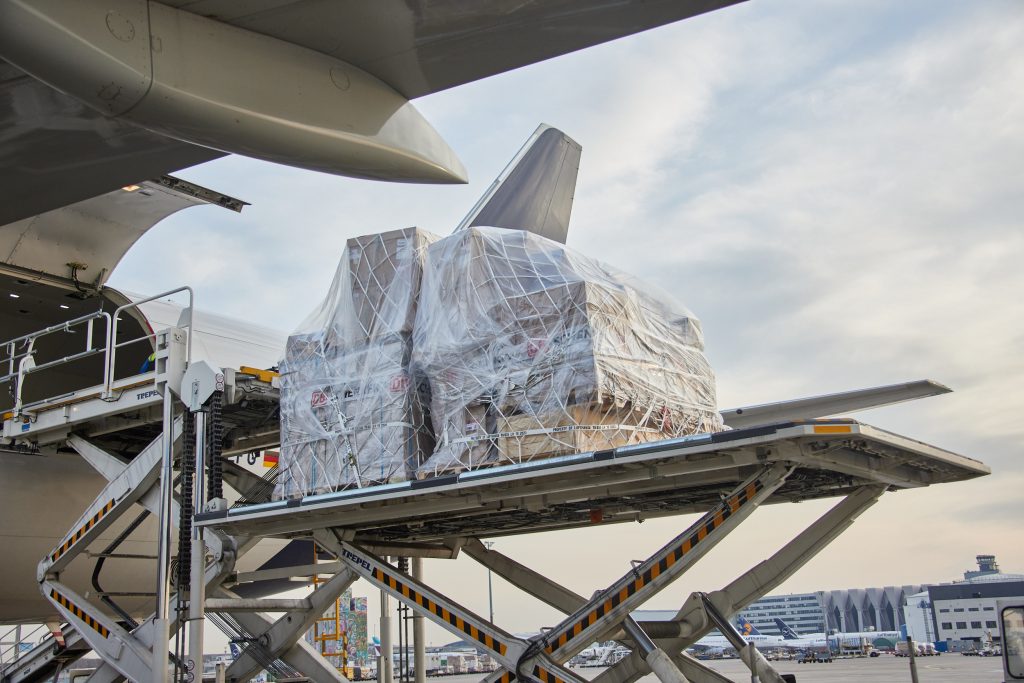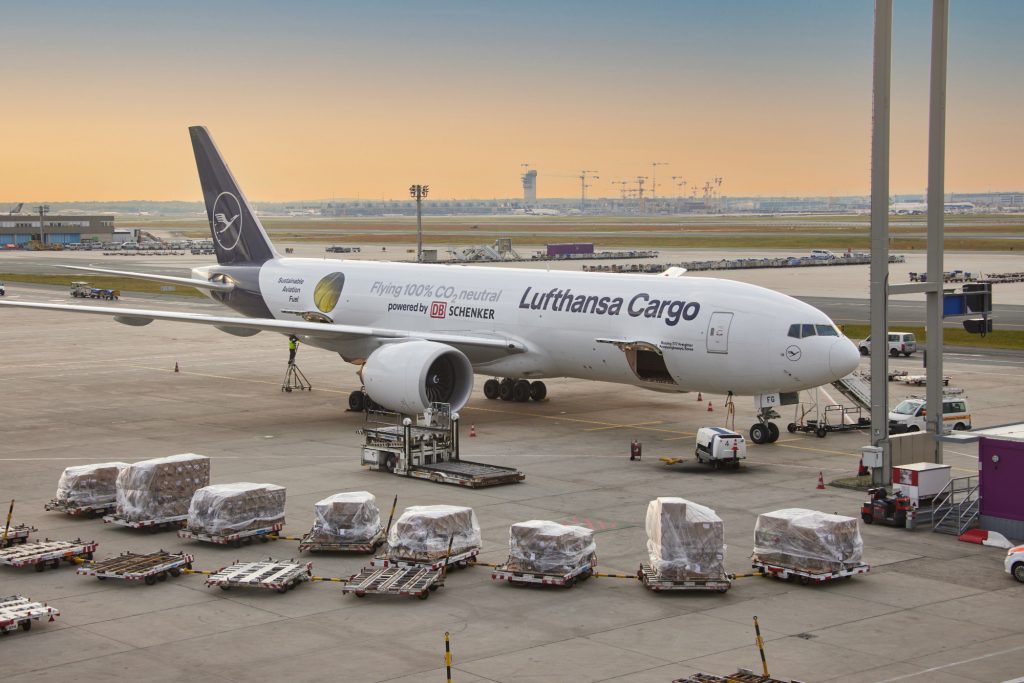The logistics industry, and in particular air freight, is facing many challenges currently. There is a huge capacity shortage due to passenger airplanes being grounded, major pressure from the high demand of the automotive and electronic industry, and most crucially, for medical equipment. At the same time, the logistics industry must deal with big problems at airports in China and the Americas due to labor shortages and strong COVID-19 restrictions.
Every day Asok Kumar, Head of Global Air Freight at DB Schenker, must find solutions for his customers. How does he do that? How is it possible to serve the customers in the air freight business while being faced with such dilemmas simultaneously? Logistics Matters got the chance to talk to him about challenges and solutions to the current situation.
Logistics Matters: What are the most critical challenges in the air freight business now?
Asok Kumar: “We have a huge lack in capacity. Generally, up to 50 percent of air freight flies in the belly of the passenger aircraft, which is now severely limited due to the pandemic and subsequent travel restrictions. That’s why we must transport the majority of our shipments via cargo planes or freighters, and there are only so many freighters available, which frankly they are all already flying. So there is minimal new capacity coming into the market, which is a problem as the demand remains high. Furthermore, if you try to add capacity by ordering new freighters or converting the abundantly available passenger planes into a freighter, you could only get it back in late 2023 or early 2024. This is because the MROs (Maintenance, Repair, Overhaul) and manufacturers’ order books are full now, with no capacity to turn around a new build quickly.
Additionally, we have big problems at the major hubs in the Americas and China in particular. The current pandemic situation impacts the workforce capacity, and we find ourselves having a lack of warehouse, ground handling, and ramp staff. In many cases, only 40-50 percent of the workforce is on duty – way too low to handle all the incoming and outgoing cargo at the airports. In Shanghai, there have been cases where flights arrive, but there is no ramp staff to offload the aircraft, resulting in the pilot returning with the load as there was no support for unloading the cargo. That’s one reason why airlines have canceled several flights to China, which in return then increases the shortage of capacity even more. Demand is at an all-time high, but the capacity remains low; this is a recipe for a perfect disaster.”

Logistics Matters: At DB Schenker, you can still manage your customers’ expectations and transport cargo. How is that possible?
Asok Kumar: “We’ve made a good move setting up a flight network with 54 flights every week connecting Asia, America, and Europe with our chartered cargo flights.
In comparison to our competitors, we have been the first to charter these flights in significant numbers. This gave us additional capacity to move our freight versus being solely dependent on a very fragile scheduled commercial network. This comes with its own risks, as unfortunately, we then still face the challenges. We can send an airplane to Shanghai and would need to pay the costs even if it flies back without being unloaded. Thankfully we are at least not losing too much capacity. Frankly, if you start searching now for freighters, you would be very lucky to secure one, and if you did, it would be extremely expensive! The flight operations are a very big investment for us, and we are looking to expand it even further.
In addition, we also looked for alternative airports to bring our freight in, thereby avoiding the main congested traditional hubs. The transit time could be a little bit longer, however, our customers are happy as their freight can move and eventually reach the destinations in times that are still acceptable under these very constrained conditions.

Logistics Matters: How long do you think this tough situation will continue?
Asok Kumar: “I get asked this question often, and frankly, it is a difficult one to answer. There are many variables at play that could lead to different outcomes. One clear possibility for relief would be when the passenger planes return in sufficient numbers to start sizing the supply and demand imbalance. However, unfortunately at the moment, I do not see the demand for travel coming back, so that is not likely to happen any time soon. Business travel remains very restricted, with most companies still not encouraging or approving this.
The problematic situation in ocean freight with the lack of containers and vessels waiting in front of congested ports, is also a problem for us in air freight. Modal shifts from ocean to air are normalizing now, so the demand is continuously increasing. I think we will continue to have strong demand into the first quarter of 2022, which is likely to continue throughout next year. The situation will then calm down slowly into 2023, and potentially, we could start to see a return to pre-Covid normality in 2024.”
Published: November 2021










